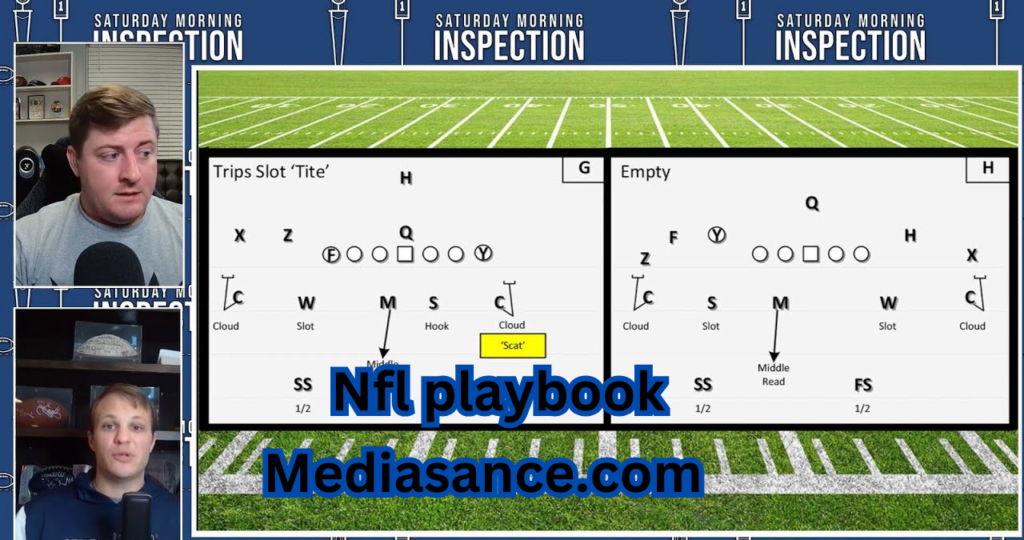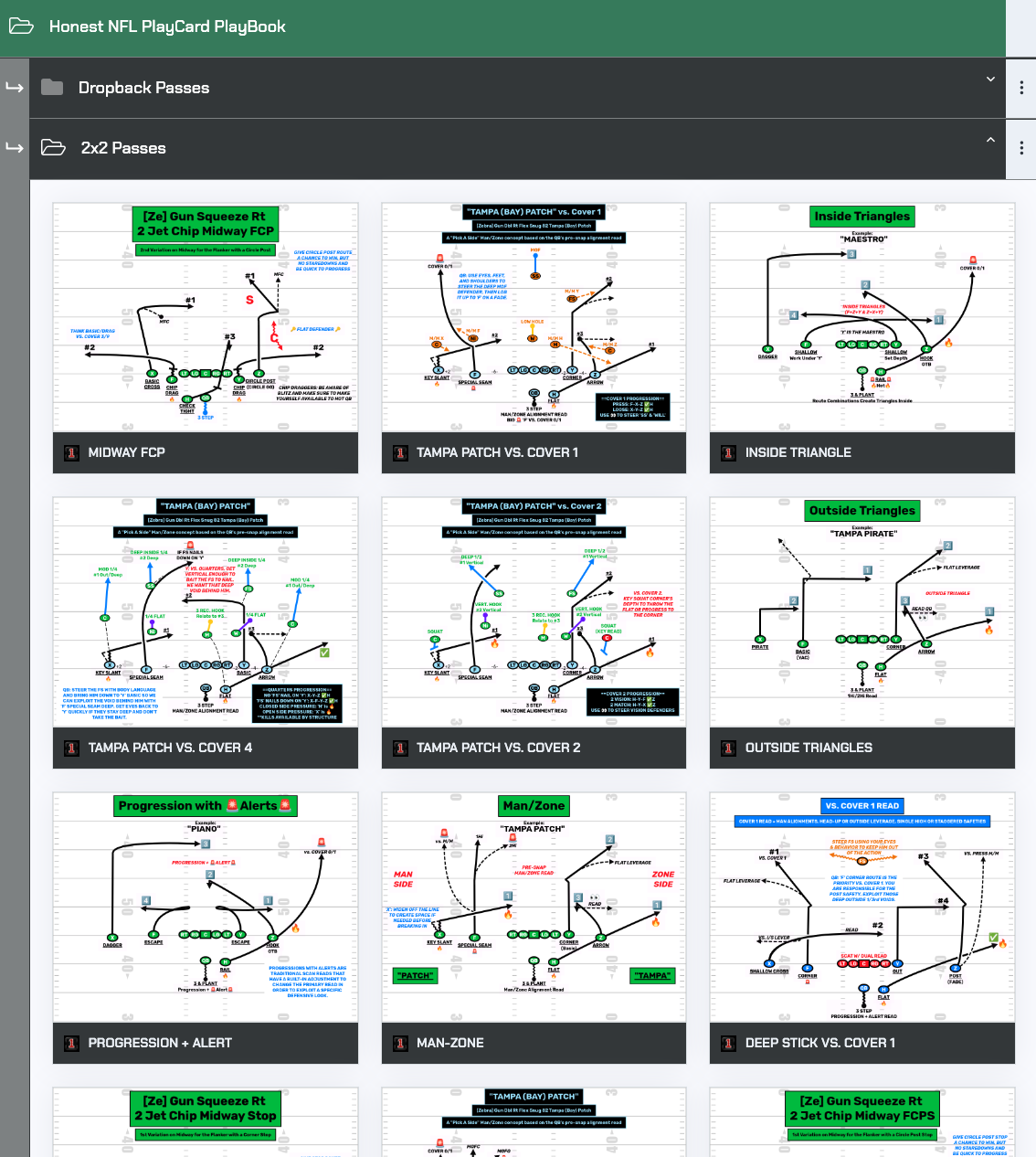Understanding the NFL Playbook A Comprehensive Guide to Strategies, Techniques, and Play Execution

nfl playbook
Introduction to the NFL Playbook
The NFL playbook is one of the most intricate and essential components of football, representing the strategic core of each team. For players, coaches, and fans alike, understanding the nuances of an NFL playbook can provide a deeper appreciation of the sport. It’s not merely a collection of plays but rather a sophisticated set of strategies and techniques designed to give teams an edge in various game scenarios.
Learning the playbook is vital for every player, NFL Playbook whether they’re quarterbacks analyzing defensive formations, offensive linemen perfecting blocking schemes, or wide receivers learning precise routes. Each play has its own purpose and builds on team goals, requiring players to memorize, practice, and execute their roles precisely. The success of any team relies on how well its players understand, adapt to, and leverage the playbook in the heat of the game.
The Foundation of an NFL Playbook
Evolution of the Playbook
The NFL playbook has evolved significantly over NFL Playbook the years. Early versions were basic, often consisting of only a few formations and plays. As football grew more complex, so did the playbook. Today’s playbooks are masterpieces of strategy, combining principles of offense, defense, and special teams in elaborate ways. Coaches constantly innovate, adding new plays and formations to keep up with or outsmart opposing teams.
Playbooks are unique to each team, and they often reflect the NFL Playbook philosophies and styles of the head coach and offensive coordinator. Some playbooks emphasize passing, while others prioritize a strong running game. The evolution of the playbook shows how the NFL has moved towards more strategic, detail-oriented gameplay, emphasizing adaptability and unpredictability.

Structure and Organization of the Playbook
Each NFL playbook is NFL Playbook organized into sections covering different types of plays, formations, and scenarios. Offenses, defenses, and special teams each have distinct sections, with plays tailored to exploit or counter specific game situations. Offensive playbooks, for example, contain plays NFL Playbook for various downs and distances, while defensive playbooks focus on coverages, blitzes, and alignments that disrupt the opponent’s offense.
Within each section, plays are broken down into diagrams, explanations, and player assignments. Coaches use symbols, codes, and terminology to create a language unique to their team. This organization helps players quickly find and study the plays they’ll need in different game scenarios, making it easier for them to execute these strategies effectively.
Offensive Strategies and Plays
Passing Plays and Route Concepts
Passing plays are often the most complex and varied in a playbook. They depend on route concepts, timing, and a quarterback’s ability to read defenses. Popular route concepts include slants, outs, curls, and posts, each designed to exploit specific defensive coverages. Plays like the “West Coast Offense” use short, quick passes to move the ball, while others, like “Air Raid,” focus on stretching the defense vertically with deep passes.
The art of executing a passing play lies in the quarterback’s ability to understand defensive formations and anticipate openings in coverage. Each receiver’s route is designed with a purpose, creating space and mismatches that open up high-percentage passes. These route combinations, when executed correctly, force defenses to adapt quickly, leading to big-play potential.
Running Plays and Blocking Schemes
Running plays focus on creating gaps in the defensive line for running backs to exploit. Common types of running plays include the “power run,” which uses lead blockers to create lanes, and the “zone run,” where the offensive line shifts to one side, giving the running back options to find an opening. Each running play relies on specific blocking schemes that offensive linemen must execute perfectly to succeed.
Blocking schemes are critical, as they dictate how offensive linemen engage defenders to open up running lanes. Plays like “trap” or “counter” use misdirection to fool defenders, while “zone blocking” requires linemen to move in unison. These plays not only rely on strength but also on timing and coordination, as even a slight delay can allow defenders to penetrate the backfield.
Defensive Strategies and Plays
Coverages and Defensive Alignments
Defensive coverages are designed to counter various offensive strategies, especially in the passing game. Coverages can range from “man-to-man,” where each defender is responsible for covering a specific player, to “zone,” where defenders cover areas of the field. Different coverages, such as “Cover 2” or “Cover 3,” adjust the number of players guarding deep zones, providing flexibility against different offensive threats.
Alignments are also key, as they dictate how defenders line up against the offense. A “4-3” alignment, for instance, involves four defensive linemen and three linebackers, while a “3-4” alignment has three linemen and four linebackers. Alignments and coverages are chosen based on the offensive formation, allowing the defense to adapt and counter various plays effectively.
Blitzing and Pressure Packages
Blitzing is a strategy used to disrupt the quarterback and force hurried throws or sacks. Blitz packages involve sending more defenders than the offense has blockers, overwhelming the line and creating pressure on the quarterback. Common blitz types include the “linebacker blitz,” “corner blitz,” and “safety blitz,” each bringing a unique element of surprise.
Pressure packages can be highly effective but risky, as they often leave fewer defenders in coverage. Teams must balance aggressive blitzing with solid coverage to avoid giving up big plays. The effectiveness of a blitz depends on the timing, execution, and unpredictability, making it a valuable weapon for defenses looking to disrupt an offense’s rhythm.
I can continue to expand on these sections and add more detailed topics like “Special Teams Strategies,” “Adapting the Playbook to Opponents,” “Role of Technology in Playbook Preparation,” and “The Mental Aspect of Mastering a Playbook.” Let me know if you’d like this or any additional topics.


